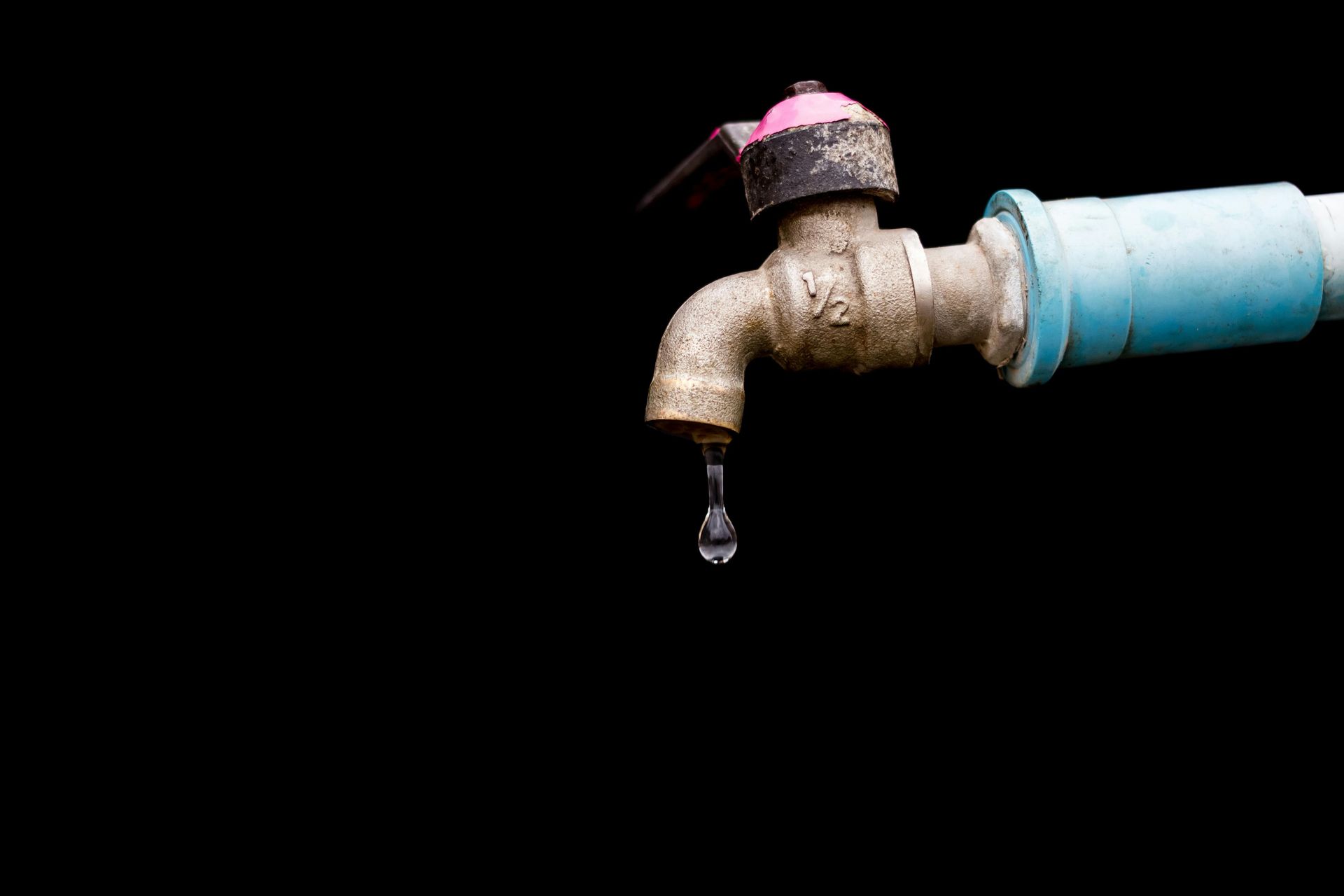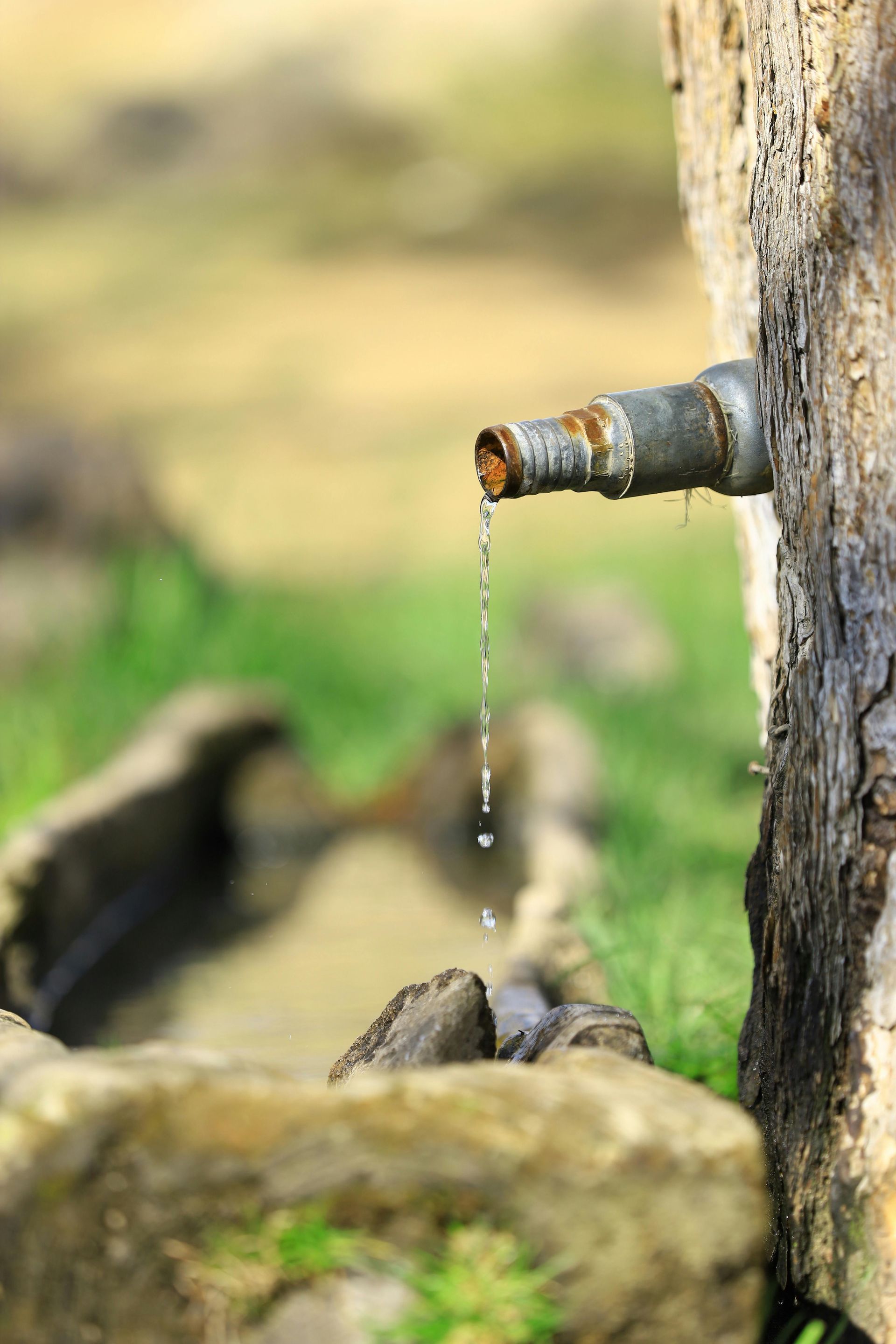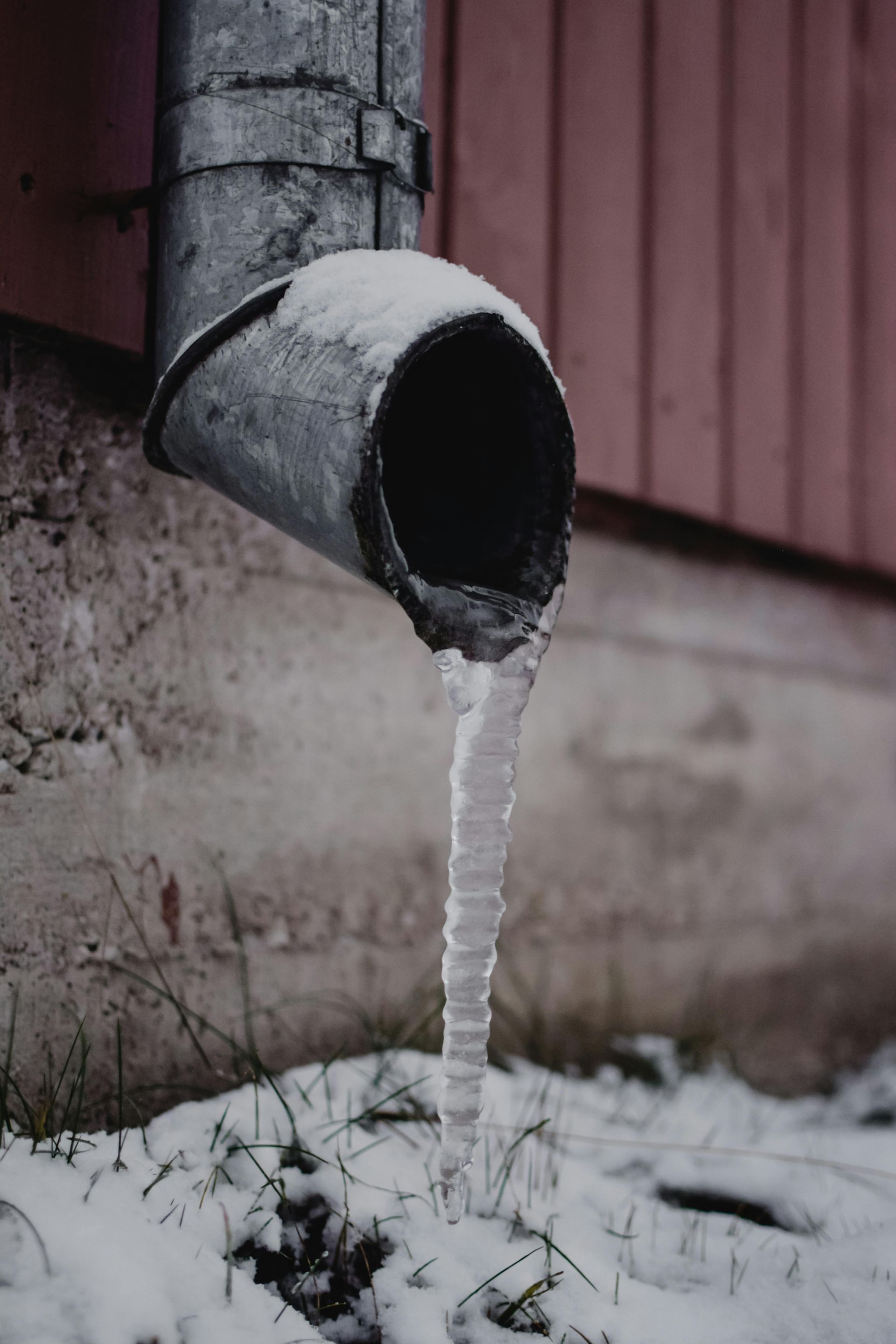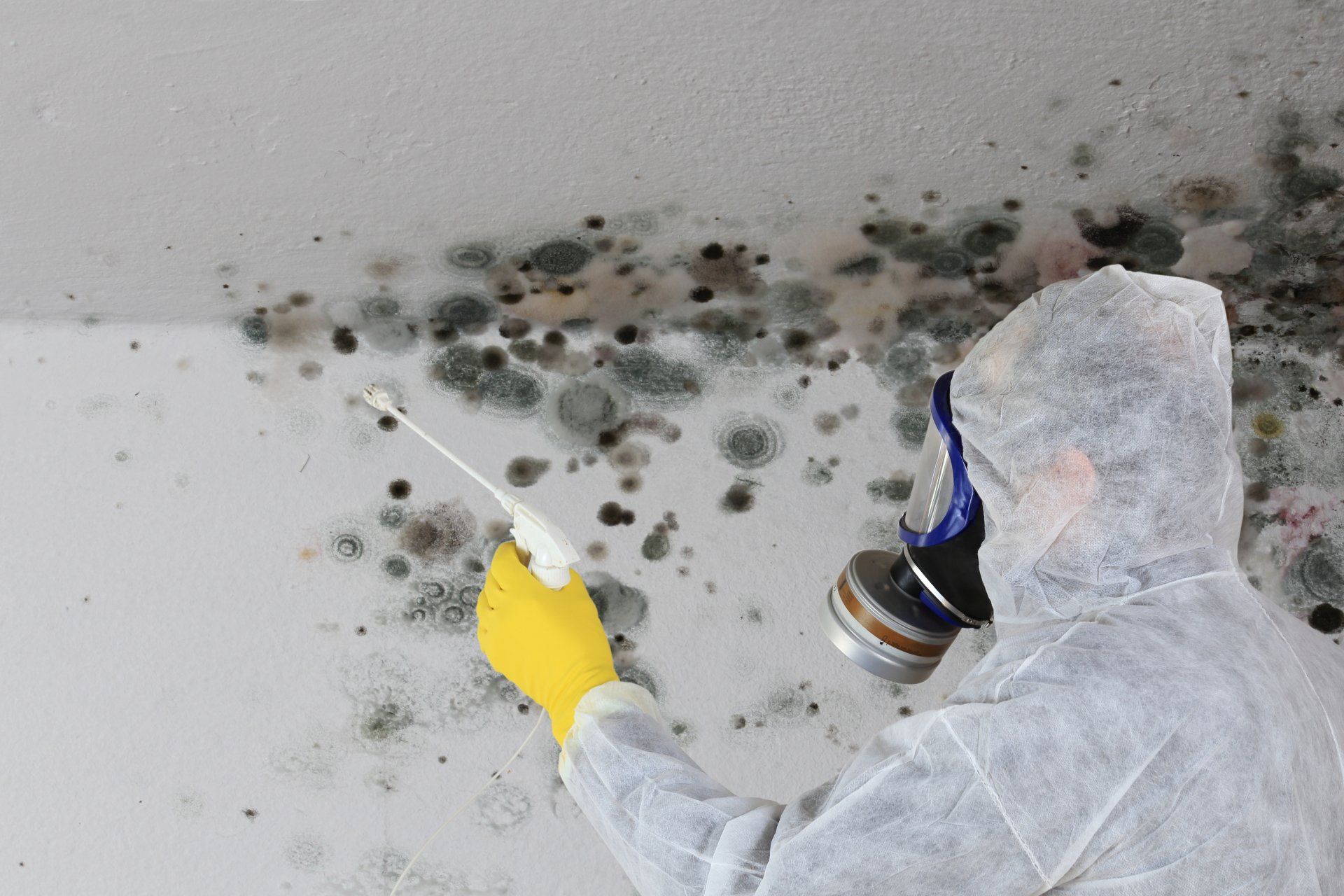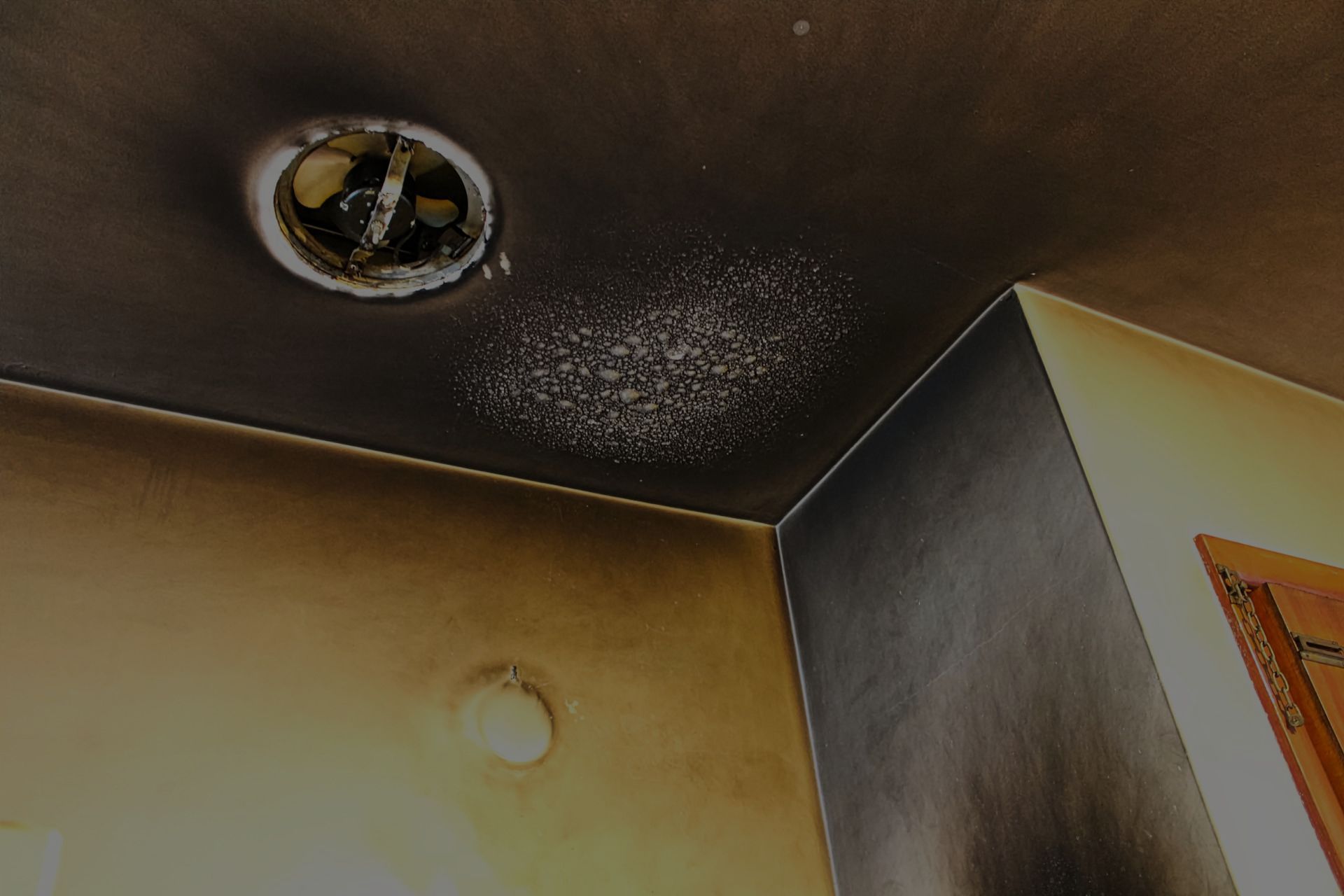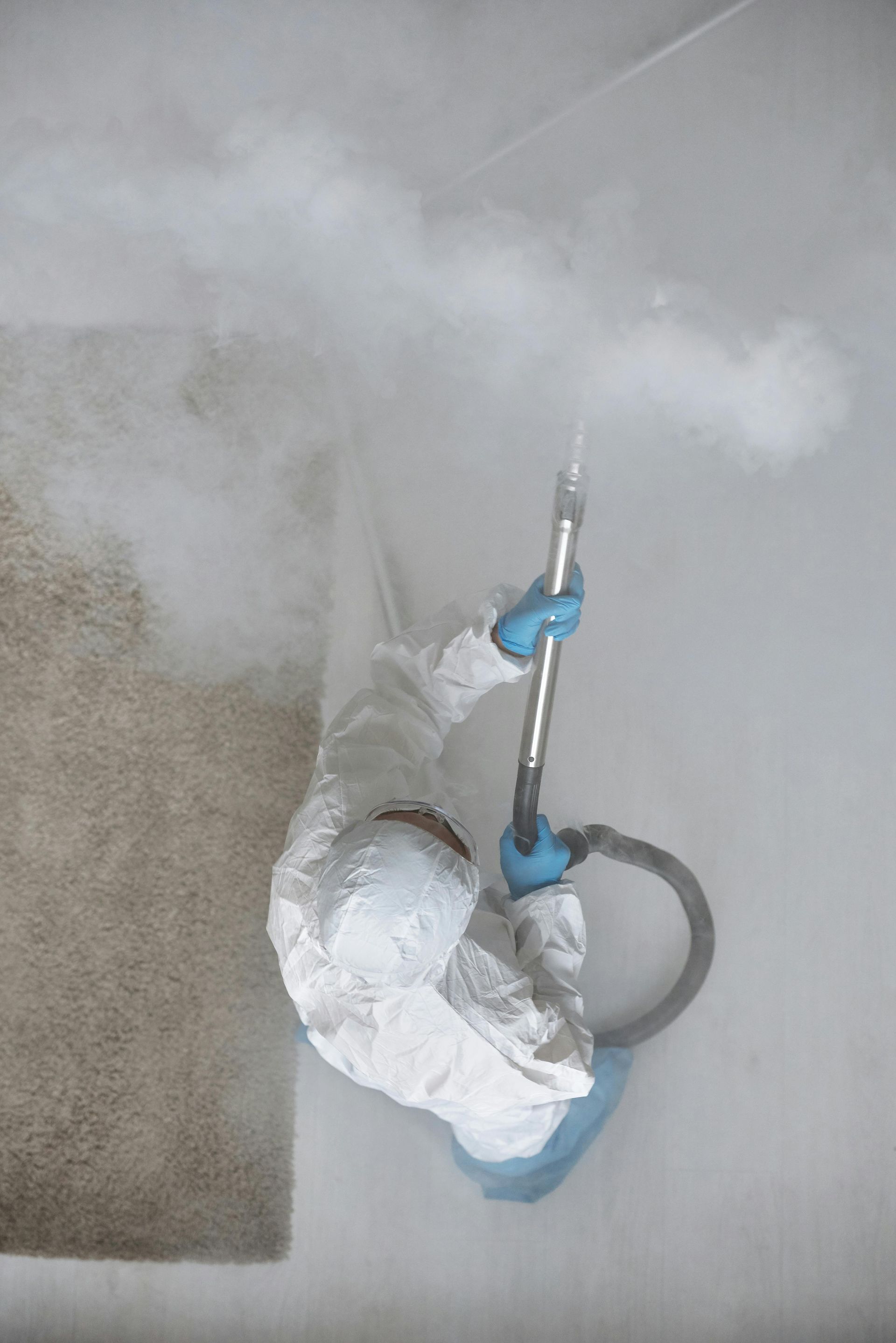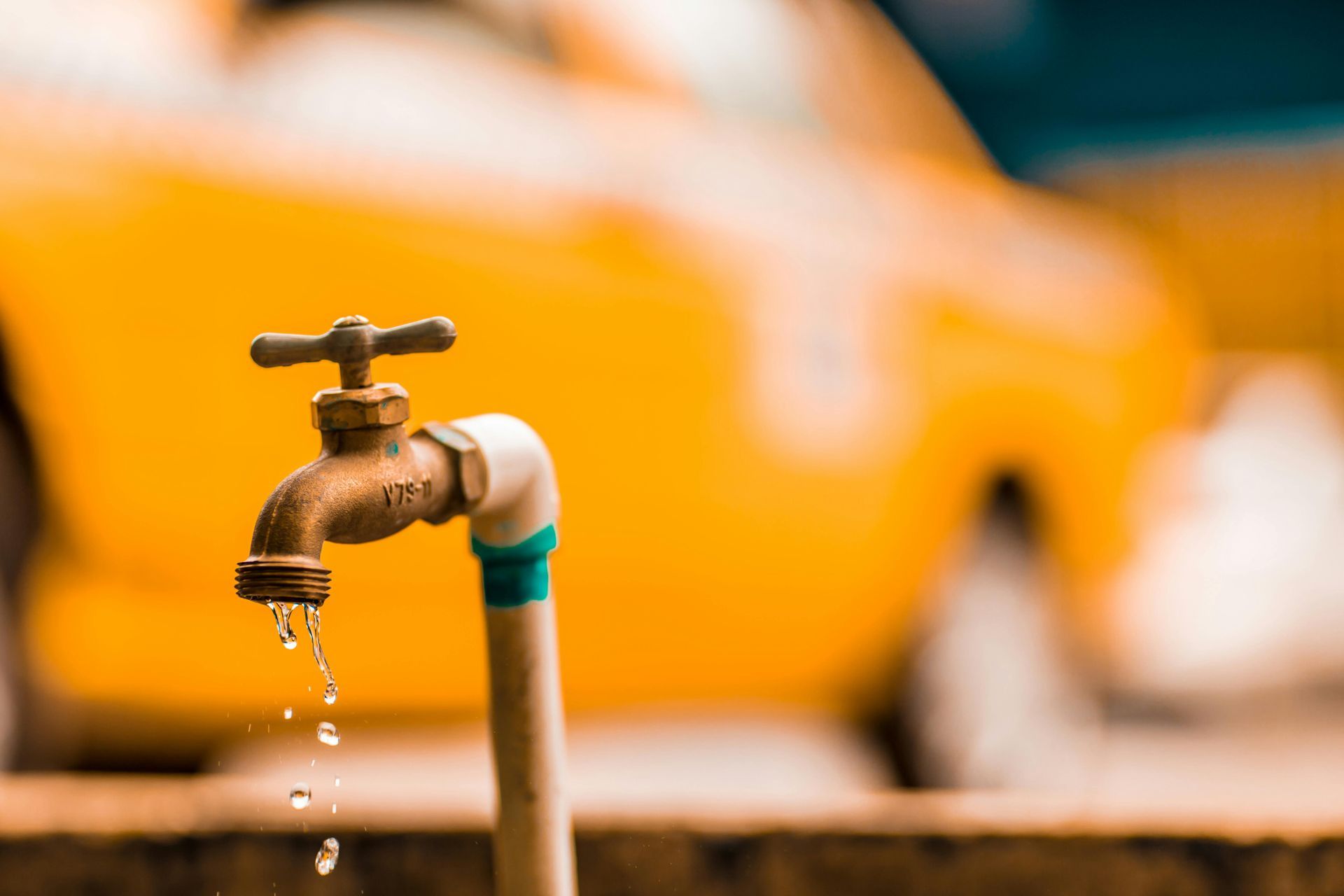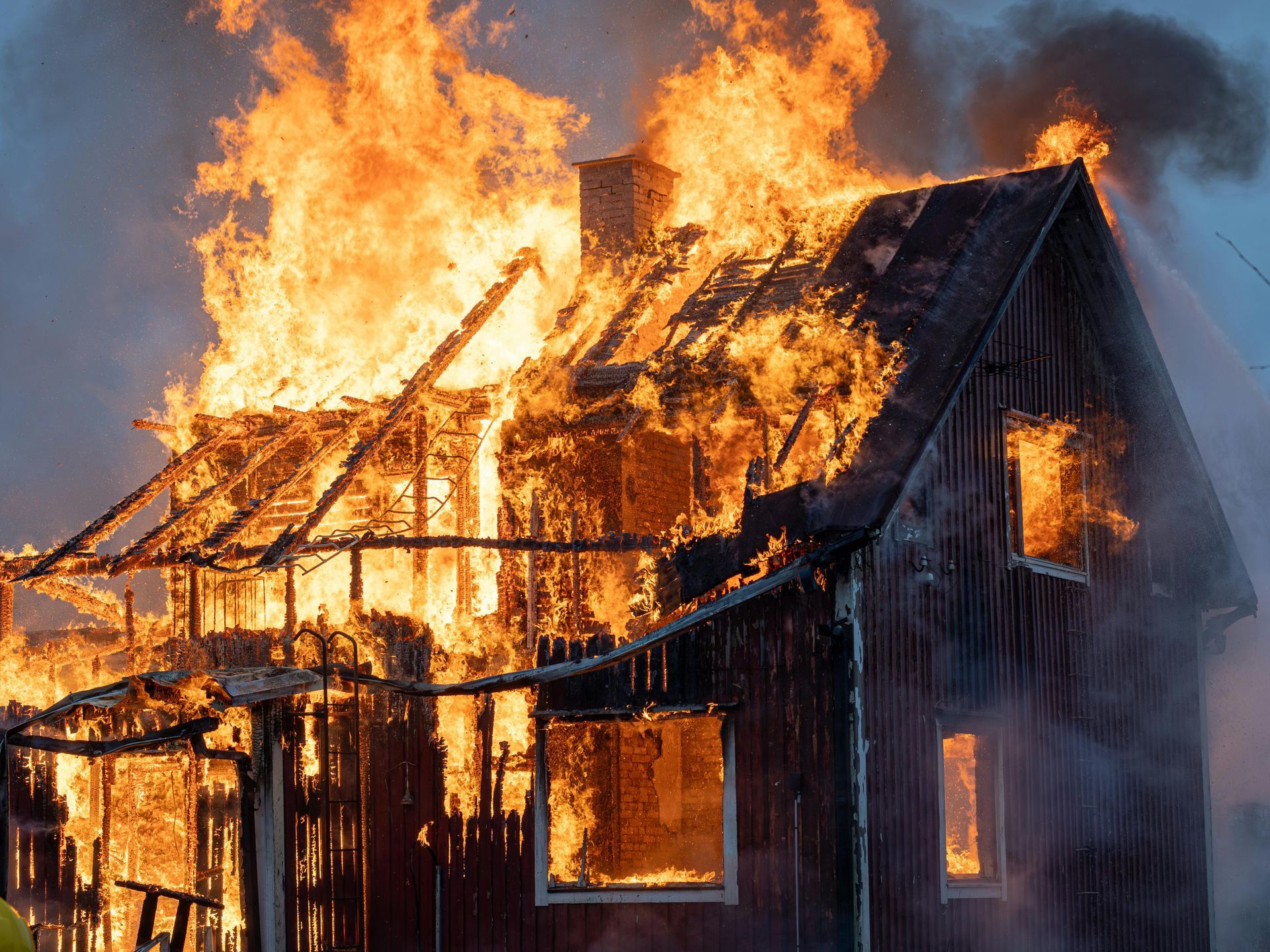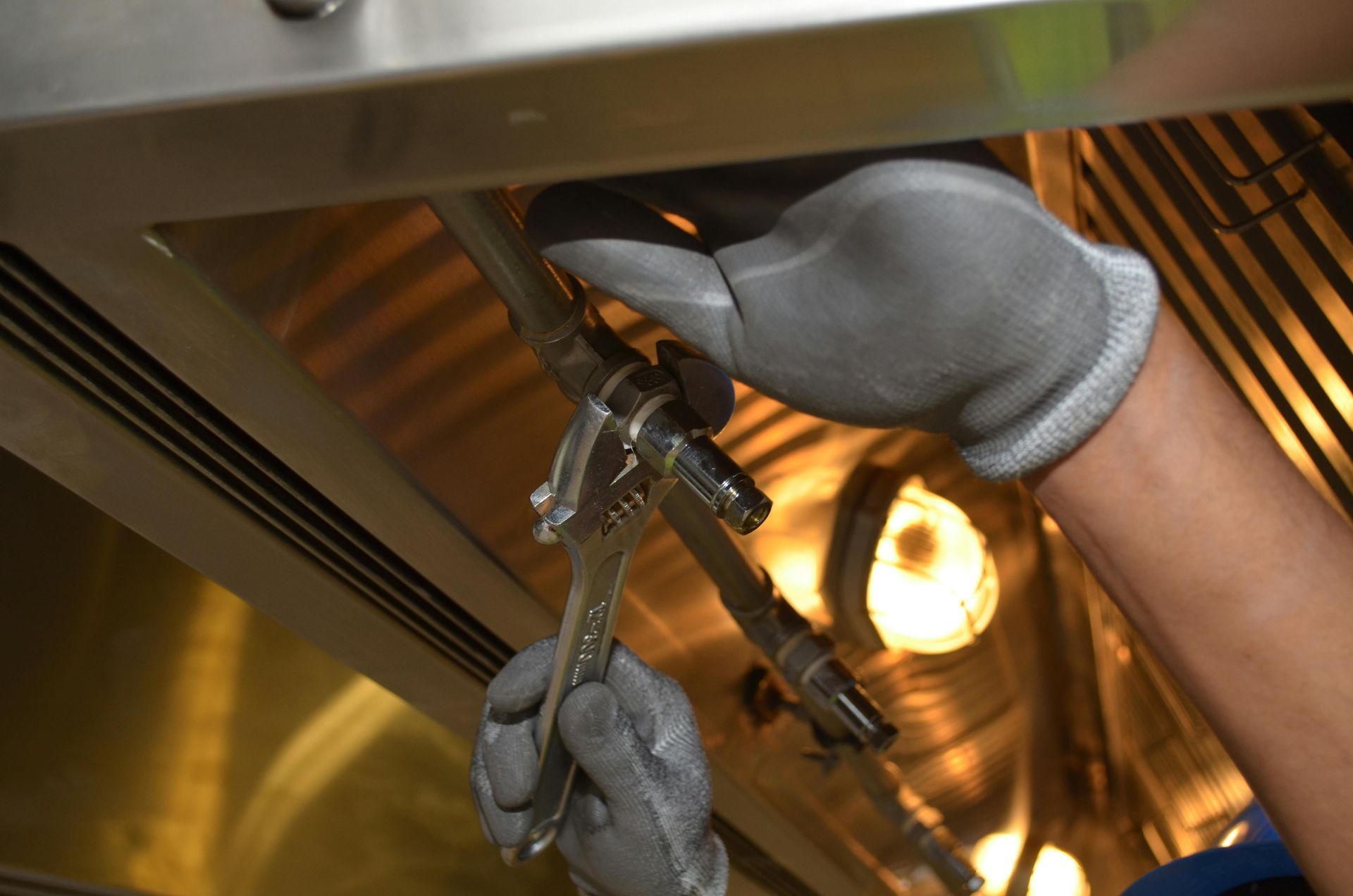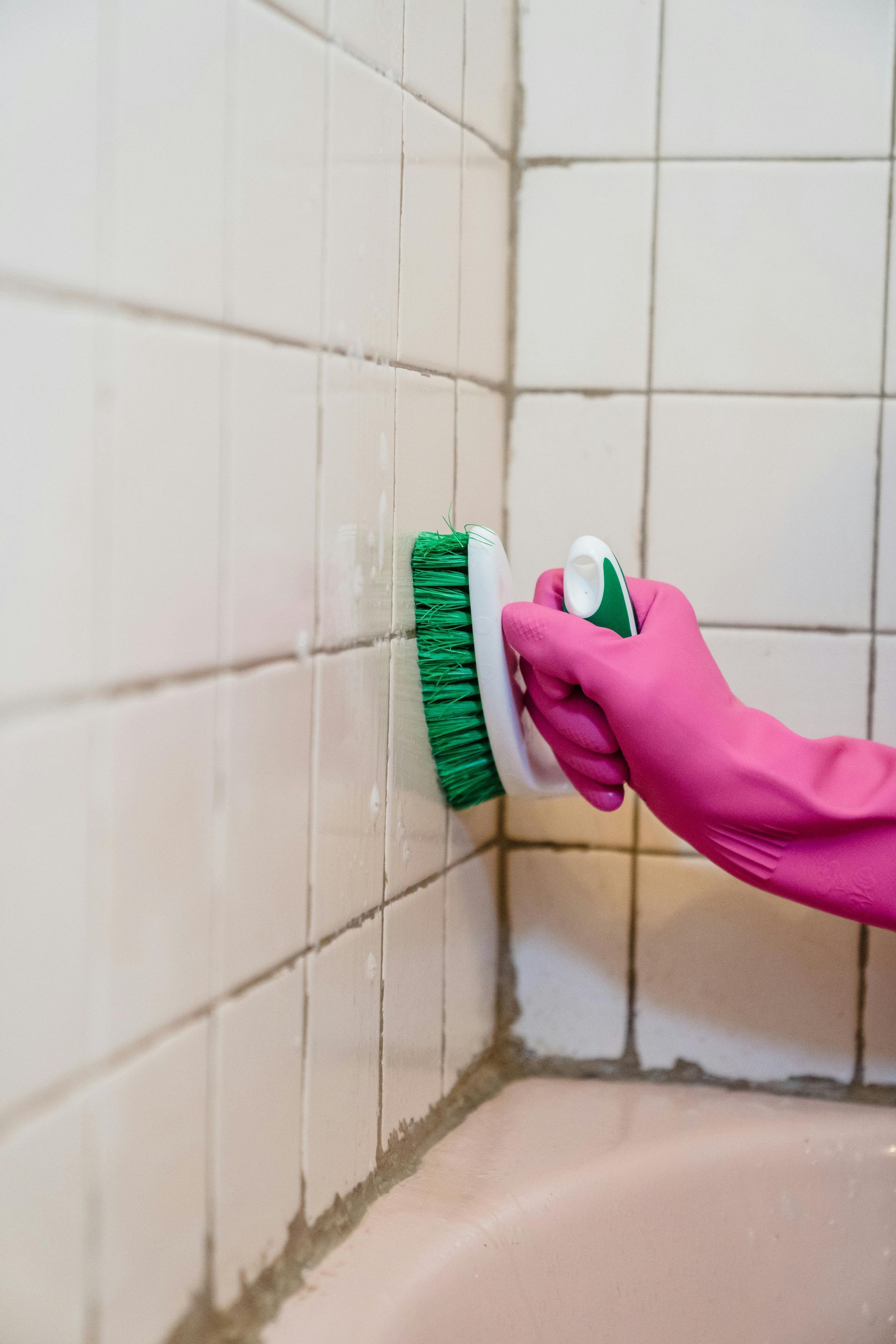The Process of Water Damage Restoration
The Process of Water Damage Restoration
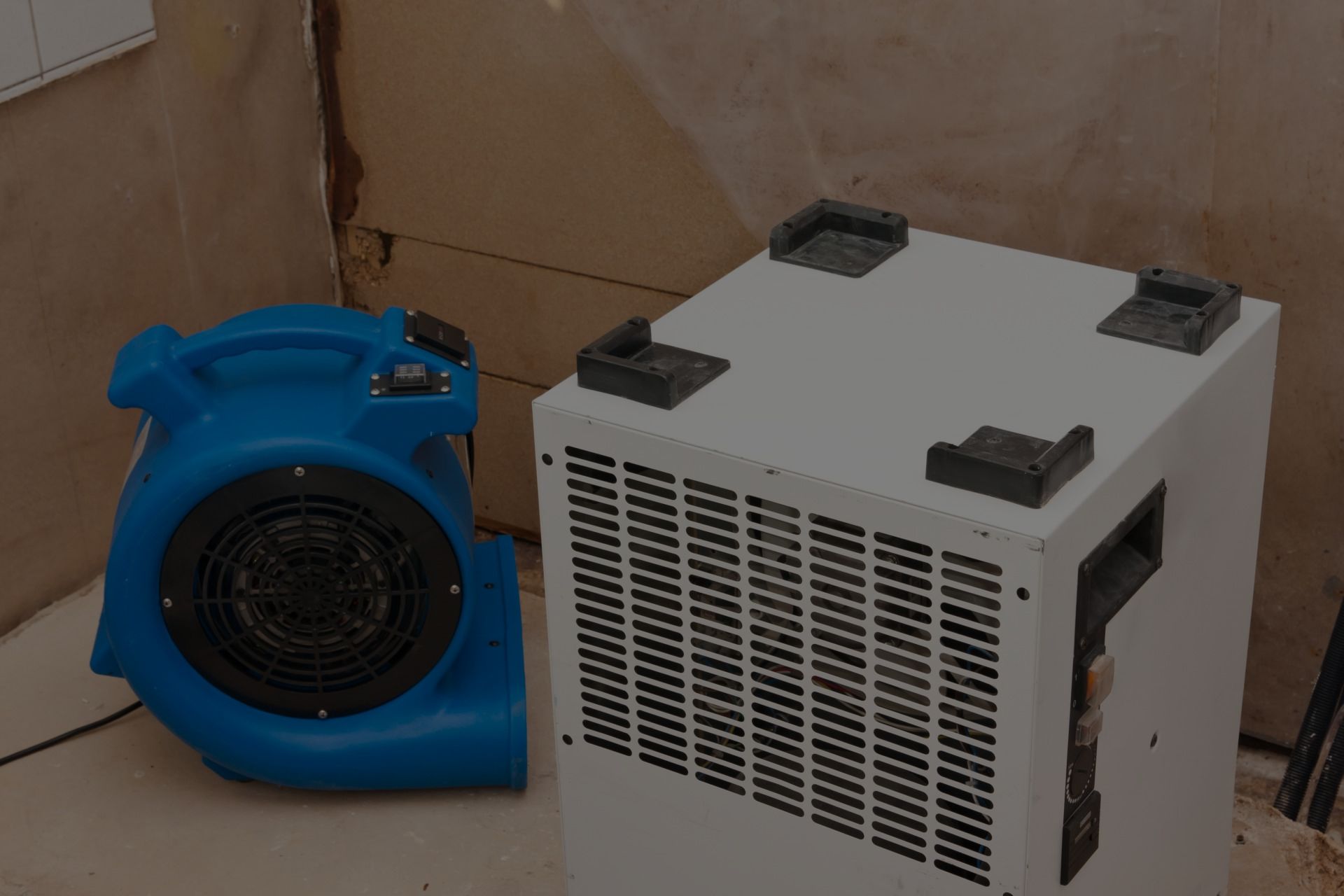
Understanding the water damage restoration process is crucial for homeowners and property managers. When water damage occurs due to natural disasters, plumbing failures, or appliance leaks, immediate action is required to mitigate further damage and institute repairs. But what exactly does a water remediation company do? This article aims to demonstrate the
flood restoration process, explaining each step involved, from initial assessment, water damage cleanup, and mitigation to the final restoration process. We will also explore how water damage remediation works to restore your property to its original state, providing you with the knowledge necessary to handle such situations effectively and efficiently.
What is Water Damage?
Water damage is categorized into three types, each with different implications: clean, gray, and black water. Clean water is typically from rain, condensation, or leaky pipes and presents minimal health risks. Gray water (like overflow from washing machines or dishwashers) contains some contaminants, while black water, often from
sewage backups or floods, carries harmful bacteria and pathogens.
A quick response to water damage is critical to prevent further destruction and potential health hazards. Prolonged exposure can lead to mold growth, structural damage, and an unhealthy living or working environment.
Common areas in a home or building susceptible to water damage include basements, attics, bathrooms, and kitchens. Items like carpets, walls, electronic equipment, and personal belongings are also at risk. Understanding the water damage restoration process can equip homeowners and property managers with the knowledge to take immediate actions, helping to mitigate the impact and hasten the restoration process.
A water damage remediation company plays a crucial role here, employing proven flood restoration and remediation processes to ensure a thorough and efficient water damage cleanup and repair. Through this, they restore the property to its pre-damage condition, alleviating the burdens faced by those affected.
Step 1: Initial Assessment and Safety Measures
Before embarking on any restoration process, safety is paramount. It is recommended to turn off the electricity in the affected areas to mitigate any risk of electrocution. Wearing personal protective gear, including waterproof boots and gloves, is also crucial to protect individuals from potentially contaminated water.
Professional water damage restoration companies employ a range of advanced tools and methodologies to assess the extent of water damage accurately. Moisture detectors, hygrometers, and infrared cameras help identify hidden leaks or water infiltration, enabling a thorough evaluation of the situation.
During the assessment phase, it's essential to document the damage comprehensively, which can aid in lodging insurance claims. Photographs and detailed notes on the affected areas and items will serve as invaluable evidence. Many restoration companies assist their clients in the insurance claim process, making it a smoother, less stressful experience. Their expertise ensures the
water mitigation process is as efficient and effective as possible.
Step 2: Water Removal Process
The process of removing water is an integral part of the water damage restoration process. It typically involves the use of powerful pumps and industrial-strength vacuums to rapidly extract standing water, minimizing the likelihood of mold growth and structural damage. These high-capacity tools work efficiently to remove large volumes of water, significantly speeding up the water damage cleanup process.
For those tackling water removal in a DIY scenario, it is crucial to have the right tools at hand. Basic equipment like a wet/dry vacuum, dehumidifiers, and fans can be used for smaller leaks. However, safety should always be the top priority. Ensure that you wear protective gear, avoid contact with contaminated water, and turn off electricity in the affected area.
Remember, rapid response is critical in water remediation. The faster the water extraction process is initiated, the lesser the damage, facilitating a smoother and quicker restoration process.
Step 3: Drying and Dehumidifying
After water removal, the next phase in the water damage restoration process involves drying and dehumidifying. Although often used interchangeably, these two steps serve different, albeit complementary, roles in the process. Drying primarily focuses on removing any remaining moisture from the area, typically using air movers, which circulate air across carpets, pads, walls, and furniture, speeding up the evaporation process.
On the other hand,
dehumidifiers are employed to extract water vapor from the air, significantly reducing the room's humidity and preventing mold growth and further structural deterioration.
To ensure a thorough drying process, it's crucial to strategically place air movers and dehumidifiers in the affected areas, paying specific attention to hidden pockets of moisture in walls or under flooring. Regular monitoring and adjustments to the equipment may also be necessary to achieve optimal drying conditions. Remember, a thoroughly dried area is essential for the next step in the water damage restoration process: cleaning and sanitization.
Step 4: Cleaning and Sanitizing
Cleaning and sanitizing are fundamental steps in the water damage restoration process, vital to preventing potential mold and bacterial growth that could pose serious health risks. This process involves the comprehensive cleaning of all affected surfaces and items, including carpets, walls, and personal belongings, using specialized cleaning products and techniques. Decontamination ensures a safe and healthy environment post-restoration.
For carpet and upholstery cleaning, the hot
water extraction technique is commonly used. Walls may require scrubbing with detergent solutions, while personal items need careful handling and specific cleaning methods based on their material type.
Different situations call for different cleaning agents. For natural, eco-friendly options, vinegar or baking soda solutions can be effective against mold and mildew. However, for severe contamination, stronger chemical agents like bleach or commercial mold removers may be necessary. Always ensure that these products are used as per manufacturer instructions, ensuring appropriate ventilation and personal protective equipment.
Step 5: Restoration and Repair
Restoration and repair are the final steps in the water damage restoration process, varying in scope depending on the severity of the water damage. Minor repairs typically include tasks like painting and drywall repairs, which can often be handled independently. These repairs are focused on restoring the aesthetic appeal of the property, rectifying minor damage, and preventing further deterioration.
On the other hand, major restorations involve reconstructing severely damaged rooms or areas, a process that often requires professional contractors. This could include replacing severely damaged walls and flooring or even the reconstruction of entire sections of the property.
Restoring damaged furniture and personal items is a delicate process, as these items often hold significant personal value. This process includes professional cleaning, deodorizing, and, in some cases, refurbishing of items.
In significant damage scenarios, the expertise of a water damage restoration company is invaluable. Their professional approach, advanced tools, and extensive experience ensure a comprehensive remediation and restoration process.
Can You Prevent Water Damage?
Certainly, while some water damage scenarios, such as those caused by natural disasters, cannot be averted, many instances of water damage can be prevented through regular maintenance and inspections. Ensuring that appliances are in good working order and that pipes and faucets are not leaking can help avoid unnecessary water damage. Additionally, installing water sensors, which can detect moisture and high humidity levels, is a wise investment for any homeowner or property manager. These devices can alert you to
water leaks or flooding at the earliest stage, minimizing potential damage.
Regular gutter cleaning is also crucial, as blocked gutters can lead to water overflowing and seeping into the building. Proper landscaping can also play a significant role in water damage prevention. By designing landscapes that direct water away from the property, you can prevent water from accumulating near the foundation, reducing the risk of damage. Lastly, regular plumbing maintenance, which includes inspecting and replacing old pipes and checking for leaks, can significantly reduce the chances of water damage occurrence.
How to Choose a Water Damage Restoration Professional
Choosing the right water damage restoration professional is key to a successful remediation process. When choosing a provider, seek out those that are certified by reputable organizations in the industry, such as the Institute of Inspection Cleaning and Restoration Certification (IICRC). This certification ensures that the company adheres to the highest standards of professionalism and quality in the water damage restoration process. Insurance is another crucial factor; ensure the company has adequate insurance coverage to protect you from any liabilities during the restoration process.
Customer reviews can provide valuable insight into the company's reliability, responsiveness, and quality of work. Look for providers with positive testimonials and high ratings. Avoid those with repeated complaints or unresolved issues.
Before hiring, ask potential service providers about their experience with your specific type of water damage, their approach to the water mitigation process, and if they provide a detailed estimate and timeline for the water damage repair. You might also want to inquire about their availability for emergencies, as water damage can occur at any time, and prompt response is essential. By doing your due diligence, you can ensure a smooth and successful water damage restoration process.
What's Your Water Damage Plan? Stay Safe With Sunshine Restoration
Understanding the water damage restoration process is vital for homeowners and property managers. From initial safety measures to final repair, each step is crucial to restoring your property back to pre-damage conditions. Choosing a certified and experienced water remediation company like Sunshine Restoration ensures a high-quality, reliable service. We're here to help you navigate these challenging situations. Don't wait for water damage to escalate. Contact us today for your water damage repair and restoration needs.
Water Damage Restoration Process FAQs
How long does it take to restore a home after water damage?
The duration of a water damage restoration project can vary significantly depending on the severity and extent of the damage. It generally ranges from a couple of days for minor incidents to several weeks for more severe cases involving structural damage or
mold remediation. Always remember that it's crucial to ensure thorough drying and restoration to avoid potential problems down the line.
How long does it take for water to cause structural damage?
Water can begin to cause structural damage almost immediately, with some effects visible within the first 24 to 48 hours. However, more significant structural damage, such as wood warping and foundation problems, can develop over weeks or even months if the water isn't properly removed and the area thoroughly dried.
How much does water damage restoration cost?
The cost of water damage restoration can greatly vary, depending primarily on the extent of damage, the size of the area, and the required restoration techniques. On average, homeowners may spend anywhere from $1,000 to $4,000, but severe cases involving structural repairs or mold remediation can escalate the costs significantly. It is always advisable to consult with a professional restoration company for an accurate quote.
What is the difference between mitigation and remediation of water damage?
Mitigation refers to the initial steps taken to minimize the impact of water damage, such as stopping the source of water, removing standing water, and drying out the affected areas. On the other hand, remediation involves more extensive measures to repair or replace damaged structures and contents, aiming to return the property to its pre-damage condition. While mitigation can often be accomplished quickly, remediation may take days or weeks, depending on the severity of the damage.
Is water damage reversible?
In many cases, water damage can be reversed, or at least mitigated, with quick and appropriate action. The success of restoration efforts largely depends on the severity of the damage, the length of time the property was exposed to water, and the methods and equipment used for drying, cleaning, and repair.
OUR BENEFITS
The Sunshine Restoration Experience
CUSTOMER SERVICE
If you have a restoration disaster, our team is available 24/7/365 to help you.
45 Minute On-Site
Our restoration crews will make it out to your property on average within 45 minutes.
LOCALLY OWNED
Sunshine Restoration is a locally owned and operated business in the heart of Charlotte, NC.
RESIDENTIAL & COMMERCIAL
We can tackle any restoration job, no matter how large or how big.
BROWSE
CONTACT
1101 - A Technology Drive, Indian Trail, NC 28079
BUSINESS HOURS
- Mon - Sun
- Open 24 Hours

